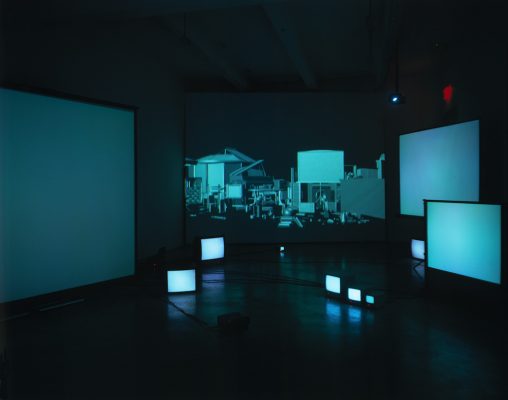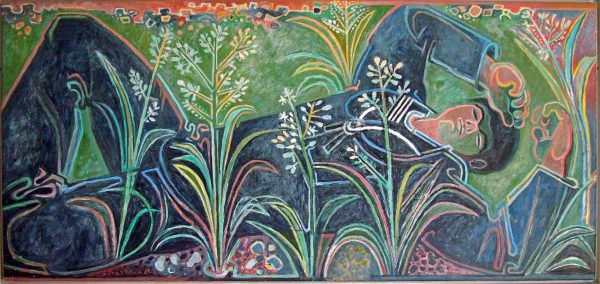Rebecca Solnit’s The Faraway Nearby, like many of her books and essays, is a tapestry of autobiographical narrative, environmental and human history, art and literary criticism, personal reflection, and social and political commentary. Great writers have the capacity to evoke the atmosphere of a whole book in a single sentence. There are numerous sentences that you could pluck from The Faraway Nearby that operate in this way. Individual images, descriptions, myths and stories accrued by Solnit from a vast array of sources and experiences reach far beyond their contexts, feeding into the connective tissue that binds the book, but also somehow encompassing its concerns; the narrative is circular in its themes and structure and stories are returned to, threads picked up.
Nothing exists in isolation for Solnit, who has written about our co-dependency as communities in A Paradise Built in Hell, and the deep symbiosis between humanity and the natural environment – a recurrent theme in her books, including A Field Guide to Getting Lost and Wanderlust. To know the vast expanses of our world and to embrace the unknown and the chance or coincidental is to expand the reaches of the imagination beyond the boundaries of the self. These are relationships and philosophies that underpin Solnit’s environmental and human rights activism, and the arguments she makes for one’s responsibility to feel empathy for the plight of humanity and nature alike.
A native Californian and former art critic, Solnit first drew attention with her River of Shadows: Eadweard Muybridge and the Technological Wild West, a biography that traces the development of the American West – most notably those cultural goliaths Hollywood and Silicon Valley – to the famous wager made between Muybridge and Leland Stanford in 1878 that led to the photographer’s iconic black-and-white studies of humans and animals in motion. Solnit’s environmental and anti-nuclear activism have prompted forays into the Nevada Test Site, investigative explorations into the landscape and history of Yosemite, and the penning of Savage Dreams: A Journey into the Landscape Wars of the American West. Considered one of the few women to practice a kind of psychogeography, she has produced atlases of San Francisco and New Orleans that reinvent the form, approaching the fabric of urban space as palimpsests of environmental and human history.
I met Solnit at her home in San Francisco on the morning that the Defense of Marriage Act (DOMA) was overturned and days after the Democratic Senator Wendy Davis issued an eleven-hour filibuster against an anti-abortion bill in Texas. In person Solnit was self contained, stoic, and somehow distant; she spoke softly and fluidly, in elegant turns of phrase.




